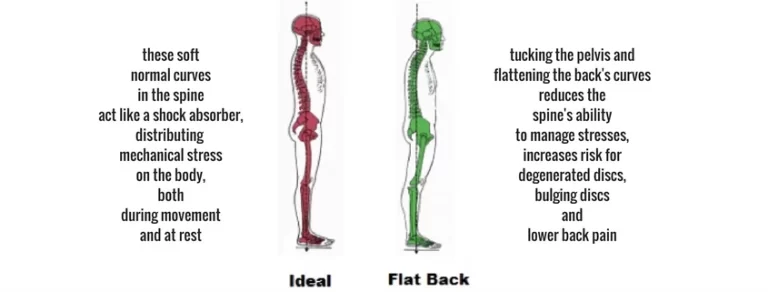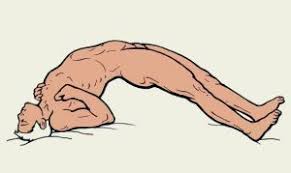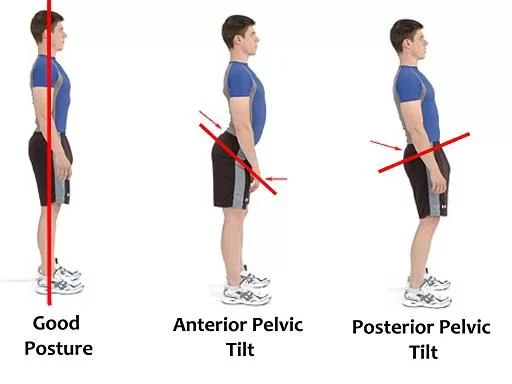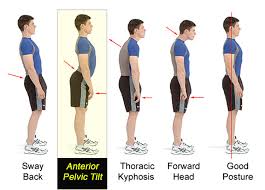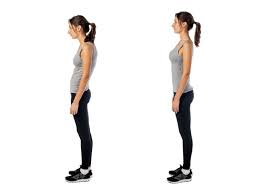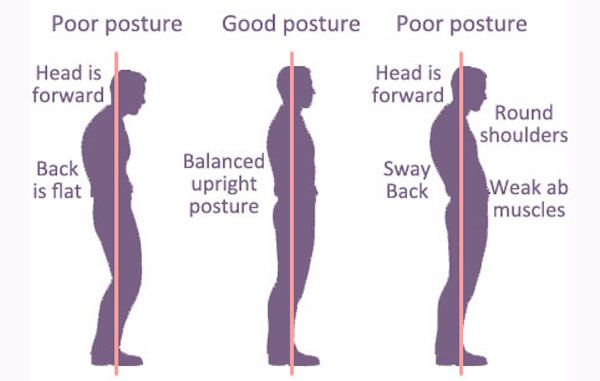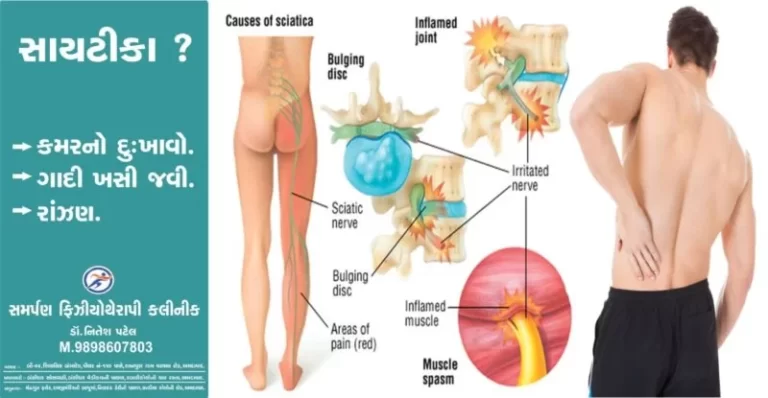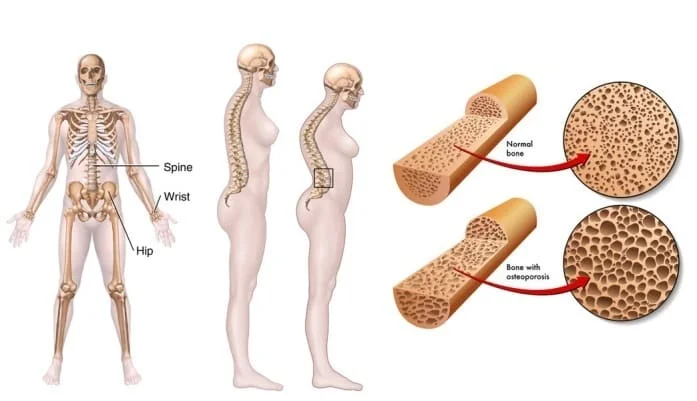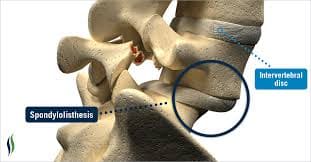Flatback Posture
What is Flat Back Posture? Flat back posture is when your lower part of back flattens out, losing it’s normal curve in your spine and tipping your pelvis backward. Anatomy of the spine : To Understand Flat Back Posture, You must understand the anatomy and function of the spine. The spine is a column of…

